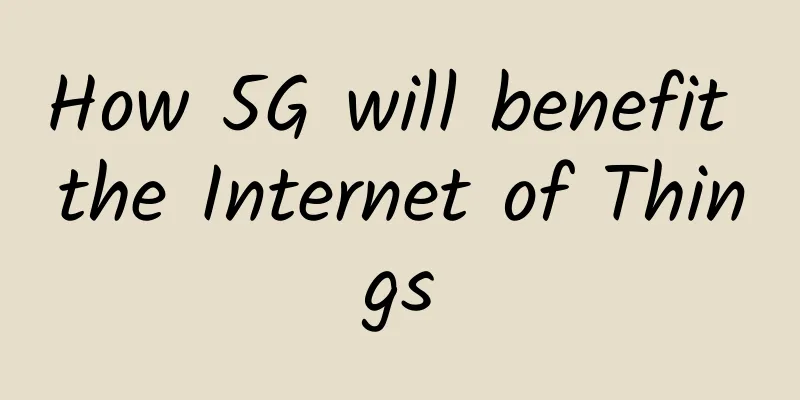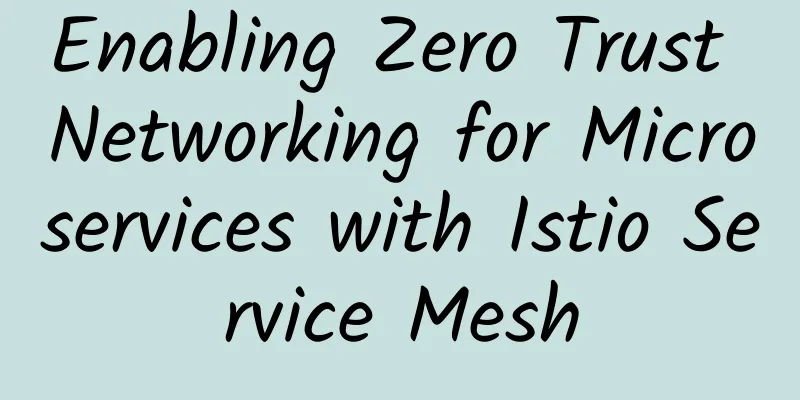How 5G will benefit the Internet of Things

|
In this article, we want to turn our attention to the latest innovation in the telecommunications industry: 5G technology. More specifically, we want to talk about how 5G will benefit the Internet of Things (IoT). So, let’s get started!
What is 5G?First, let's review the basics. 5G stands for the fifth generation of mobile networks, and it follows in the footsteps of previous iterations, appropriately named 1G, 2G, 3G, and 4G. But 5G promises to be far more powerful than its predecessors. Here's how Qualcomm summarizes it:
Then came 5G, which provides expanded capacity to enable next-generation user experiences, support new deployment models, and enable new services. While it was first launched in 2019, the estimated arrival time for widespread adoption is 2025. And expectations are high. Many expect 5G and the services and technologies it supports to change the way people live and work. That’s because it’s much faster than previous generations of mobile networks and can handle far more connected devices, opening up a world of possibilities for entrepreneurs and industry stalwarts. According to GSMA, 5G will be at least 10 times faster than 4G. And, according to some experts, it can be 100 times faster! 5G will also bring lower latency. This means it will have a greater ability to perform remote actions, connect devices, and implement virtual networks (also known as network slicing). As a result, 5G will be able to provide a more diverse and advanced connectivity experience to meet highly specialized IoT use cases, from transportation to telemedicine, precision agriculture, digital logistics, and more. Benefits of 5G for the Internet of Things (IoT)While there are already approximately 30 billion IoT devices connected worldwide, billions more are expected to be connected in the near term. In fact, a 2020 IDC report predicts that there will be approximately 75 billion connected devices by 2025. However, 5G’s superior speed and capacity will be critical to helping the IoT industry reach and exceed that goal. Current estimates suggest that 5G networks will offer speeds of 15 to 20 Gbps. The folks at IoT Solutions note that this will enable users and devices to access files, programs, and remote applications without waiting. Additionally, they note that 5G will enable devices to more efficiently utilize the cloud and rely less on internal storage and data accumulation. And because 5G has lower latency than its predecessors, applications that require fast response times are now available. This means new experiences and opportunities related to multiplayer mobile gaming, advanced factory robots and machinery, self-driving cars, and more. In addition, 5G will be able to accommodate more devices running on the same network. This will impact the entire range of IoT deployments, from smart devices running within homes, offices and other commercial facilities to devices that comprise advanced smart city solutions and services. |
<<: It is an inevitable trend to open up the 6GHz spectrum to 5G in the future
Recommend
The latest market analysis shows that Bluetooth is becoming an important driving force in the IoT industry
As early as several years ago, major market resea...
PQHosting: 1Gbps unlimited traffic large hard disk VPS in the Netherlands starting at 3.77 euros per month
"PQ HOSTING PLUS" SRL is a foreign host...
How to create a new financing model for product-based IT
As technology departments move away from traditio...
PacificRack: $8/year KVM-512MB/10GB/1TB/Los Angeles data center
PacificRack has launched the Winter Sales promoti...
Three tips for solving bandwidth issues in small government offices
In the wake of the pandemic lockdown, many govern...
The 5G license has been issued, what should we do now?
The 5G license really came a bit suddenly. People...
The Data Security Law has been officially announced! How to manage risks and protect sensitive corporate data?
On June 10, 2021, the "Data Security Law of ...
A400: 199 yuan/year Hong Kong & US VPS - dual core, 2G memory, 30G-50G hard disk, 1TB monthly traffic
A400 Interconnect is a Chinese merchant founded i...
Competition and Cooperation among the Three Major Industrial Internet Camps
"Short-term cooperation, long-term competiti...
Get started quickly and build a personalized Python GUI calculator in five minutes
1. Introduction In this tutorial, you will learn ...
Huawei focuses on intelligent scenarios in five major industries and releases new products in the F5G-A series
During Huawei Connect 2024, the All-Optical Summi...
Is LoRaWAN the solution to cellular IoT challenges?
Ten years ago, there were high hopes for cellular...
4.2 billion IP addresses have already been allocated, so why are we still using them?
We all know that we have an IP address when we su...
From "application availability" to "service accessibility" - the DNA innovation rule of Borei Data
[51CTO.com original article] In the past, users o...
How to choose NB-IoT, Cat.1, and Cat.M for IoT device communication?
1. What is NB-IoT NB-IoT (Narrow Band Internet of...






![[Black Friday] HostKvm Hong Kong Signature VPS is permanently 40% off, top up $50 and get $5 free](/upload/images/67cac22cabdbc.webp)


